15 Safest Cities From Natural Disasters in the US (2025 Update)
-

- Last updated:
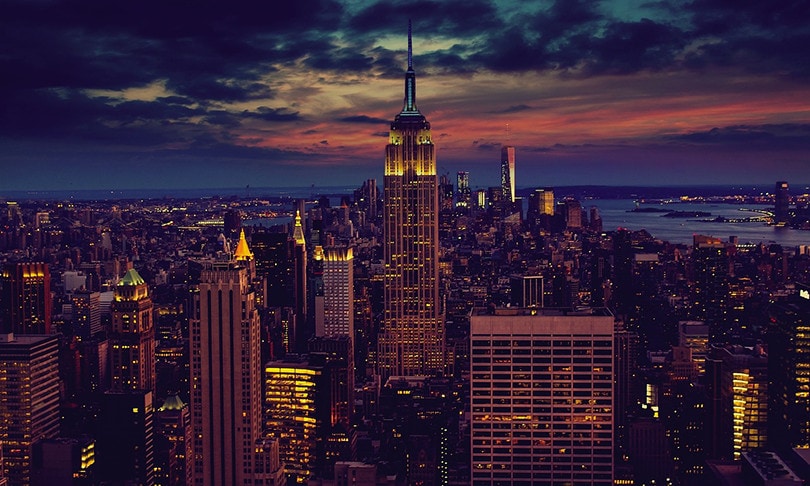
Note: This article’s statistics come from third-party sources and do not represent the opinions of this website.
Natural disasters are terrifying. Climate change has more people wondering about the risk of annual disasters. The number of wildfires, hurricanes, and flooding is all on the rise. This has people wondering—are there areas that are safer from natural disasters than others? Where are the safest places to live in order to be protected from natural disasters? These are good questions to ask, and we have the answers.
There are cities and metro areas that are far safer than others to live in with regard to the occurrence of natural disasters. This article ranks 15 of the best cities to live in using data acquired straight from The Federal Emergency Management Agency (FEMA)—an agency that creates maps and risk assessments ranking areas in terms of their likelihood to be affected by natural disasters.
 How to Read FEMA’s Index Scores
How to Read FEMA’s Index Scores
The Federal Emergency Management Agency or FEMA provides scores that rate an area’s natural disaster risk tolerance. These ratings are done on a scale of 0 to 100. Zero is the lowest number and represents zero risk, while 100 is the highest and guarantees loss of life or property to recurring natural disasters.
No area is completely free of natural disaster risk. FEMA’s ratings also weigh the presence of human-made structures in their numbers. That means that populated areas are going to have higher scores than unpopulated areas by design.
FEMA also considers preparedness in their ratings as well. That means that a sparsely populated town in Kansas that sees 12 tornadoes a year will have a lower score than a suburb of New York City that only sees one tornado a year. At first glance, this seems counterintuitive, but FEMA is taking New Yorkers’ general unpreparedness towards tornadoes and adding in their much higher population density to generate a higher score.
The FEMA Risk Index Score takes into account a plethora of factors, including preparedness, population, building density, and vulnerable populations, to generate an aggregate score. The FEMA Annual Expected Loss Score rates how likely a person is to experience loss of property over the course of a year due to natural disasters.
This article lists populated areas as a rule because it is hard to recommend that someone lives in a small town of 100 people just to avoid natural disasters.
With all that being said, here are the 15 safest cities from natural disasters in the United States, according to FEMA.
The 15 Safest Cities From Natural Disasters in the US: A Quick Look
1. Syracuse, NY
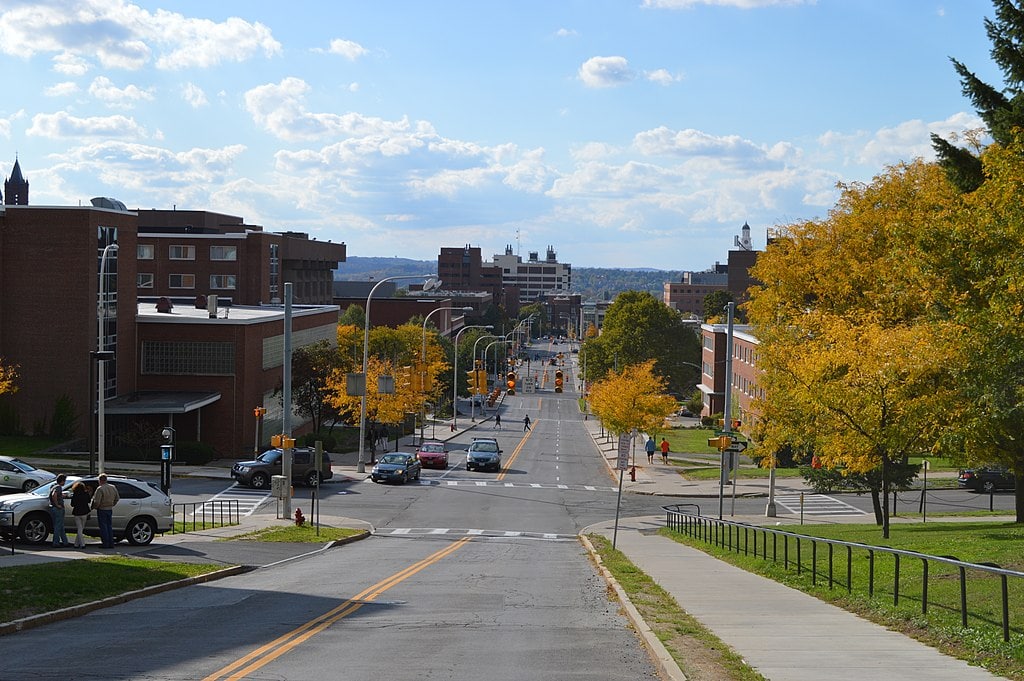
| Population: | 142,874 |
| FEMA Risk Index Score: | 10.56 |
| FEMA Annual ExpectedLoss Score: | 13.8 |
| Overall Score Rating: | Mini |
Syracuse, New York, is one of the safest cities in America from natural disasters. From its location in upstate New York, it is protected from all the most damaging forms of disaster. Syracuse is protected from earthquakes, hurricanes, droughts, heat waves, and flooding. According to the data, Syracuse’s biggest threat is from ice storms, which rarely lead to loss of life or property. That natural protection has led it to top multiple lists for the safest cities in America from disaster.
In addition to that, Syracuse is a well-liked college town. It is close to many great things in New York and New England. All these things not only make Syracuse super safe but also makes it a highly desirable place to live in general.
2. Leesburg, VA
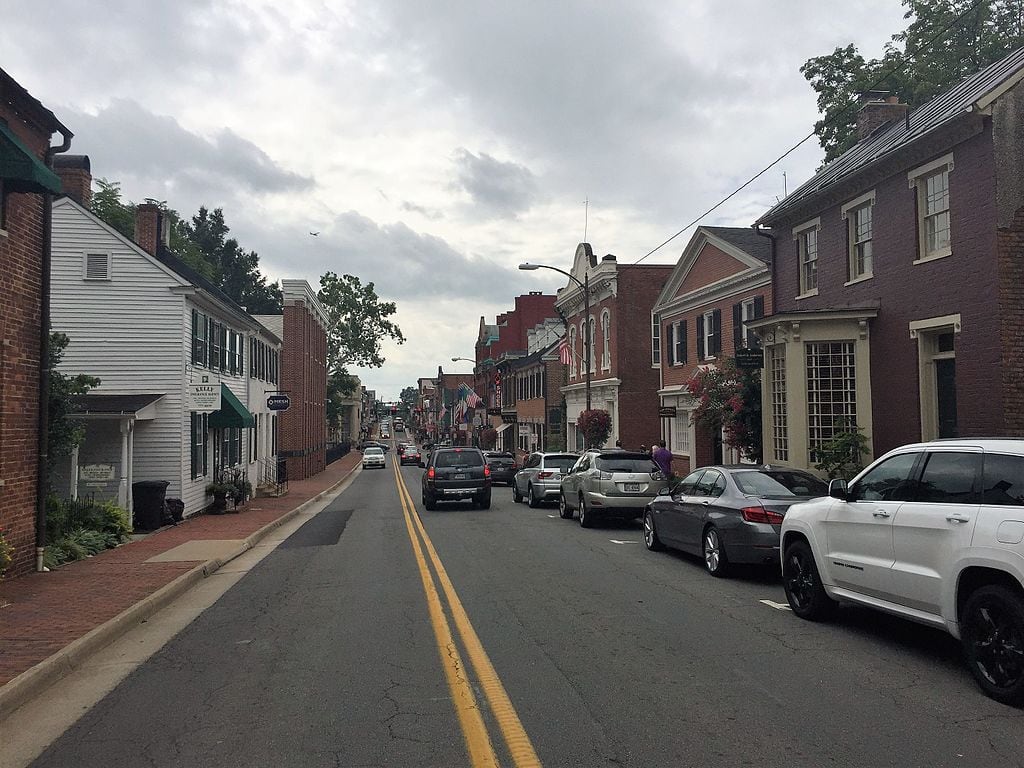
| Population: | 52,994 |
| FEMA Risk Index Score: | 12.08 |
| FEMA Annual ExpectedLoss Score: | 14.54 |
| Overall Score Rating: | Very low |
Loudoun County, Virginia earned the highest marks for any county in the US in terms of safety. The ratings for Loudoun County as a whole were near zero, making this county highly desirable for those seeking refuge from natural disasters. According to FEMA, Leesburg’s biggest threats are from severe thunderstorms—not too bad, all things considered.
Leesburg is the largest city in Loudoun County. Leesburg boasts great schools, is close to Washington DC, and has some of the best natural disaster safety scores in the country. All these things make Leesburg one of the best places to live on this list.
3. Cleveland, OH
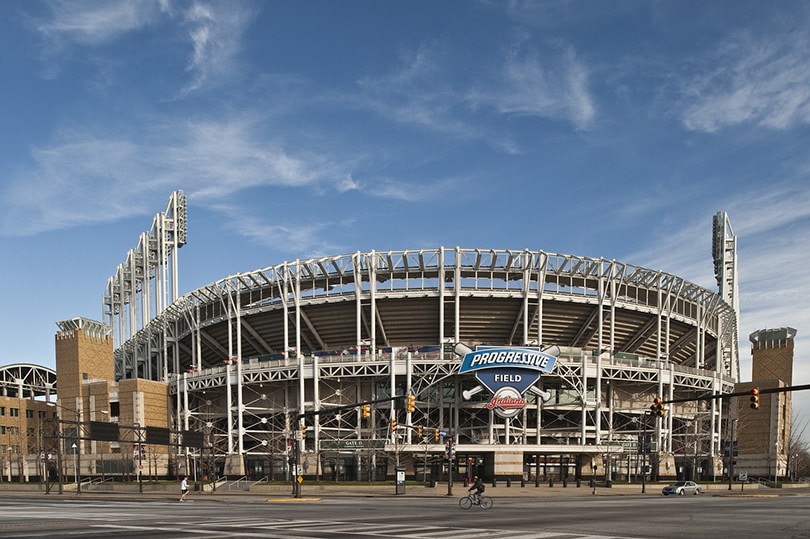
| Population: | 385,282 |
| FEMA Risk Index Score: | 6.03 |
| FEMA Annual ExpectedLoss Score: | 12.31 |
| Overall Score Rating: | Very low |
Cleveland is known for many things, including the Rock and Roll Hall of Fame and being close to the Pro Football Hall of Fame. NBA star, LeBron James, hails from this area of the country. What Cleveland is not generally known for is being safe from natural disasters. But with a score of 6.03, it is rated as having a very low risk from all forms of natural disasters.
Cleveland’s biggest threat is from serious snow, some lake wind, and the occasional thunderstorm. All those threats are very manageable. If you are looking for a large city that is safe from natural disasters, Cleveland is the safest urban center on this list.
4. Corvallis, OR
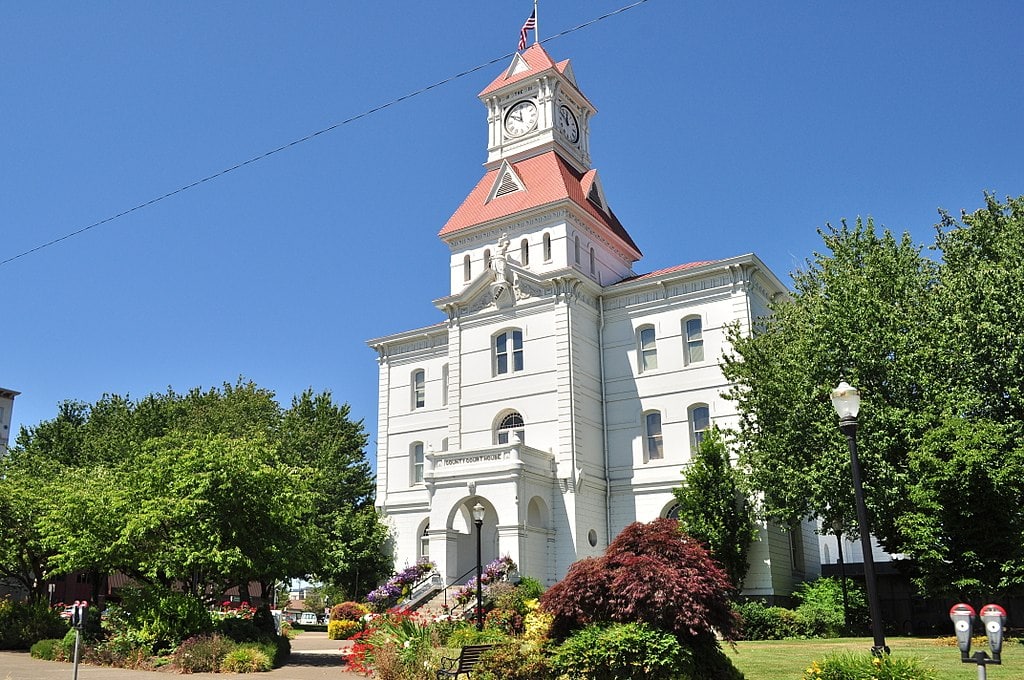
| Population: | 58,028 |
| FEMA Risk Index Score: | 11.41 |
| FEMA Annual ExpectedLoss Score: | 20.10 |
| Overall Score Rating: | Moderately low |
Corvallis, Oregon, scores well in every category for safety. FEMA gives it a higher-than-average expected loss score due to the recent prevalence of wildfires in the area, but otherwise, Corvallis is extremely safe. This temperate area of Oregon is insulated from almost every type of natural disaster. Corvallis is one of the main cities in Benton County, which ranks below average in every category. The mountainous surroundings boost their threat from landslides to way above average, which affects the score but outside of the occasional landslide or wildfire, Corvallis is protected from nearly everything else.
Corvallis is nestled between Salem and Eugene in one of the most picturesque areas of the United States. Corvallis is also home to Oregon State University and has been named one of the safest, greenest, and most diverse college towns in America.
5. Grand Junction, CO

| Population: | 62,062 |
| FEMA Risk Index Score: | 12.95 |
| FEMA Annual ExpectedLoss Score: | 14.83 |
| Overall Score Rating: | Relatively low |
Grand Junction is a town in western Colorado at the foot of the Rocky Mountains. It is known for being close to Colorado’s most prominent wineries and being home to the Museum of the West. Grand Junction rates very well in Risk Index Score. The city comes in well below the average Colorado score and the average national score. The only serious disaster listed for Grand Junction is the threat of avalanches, which are exceedingly rare.
6. Akron, OH
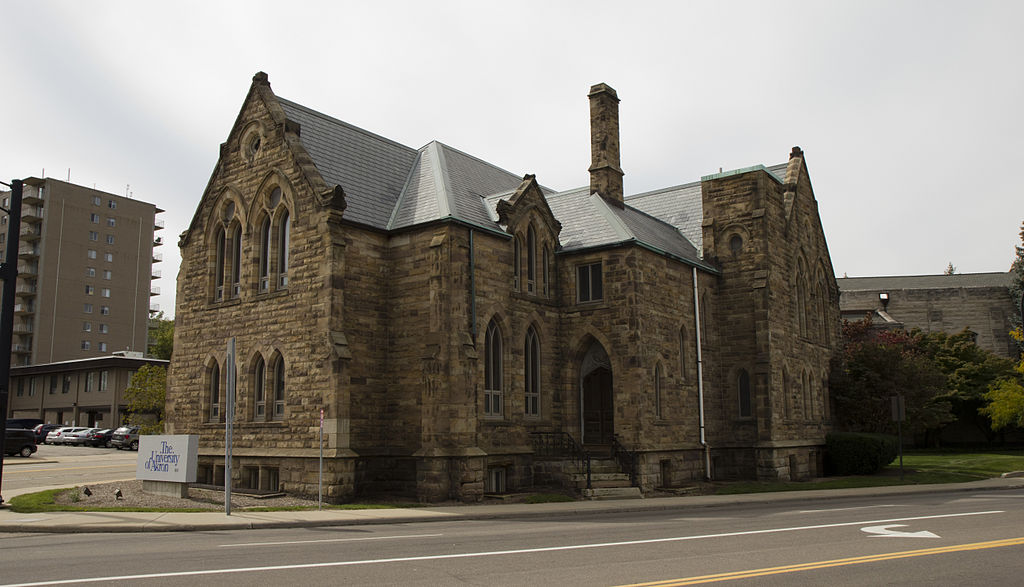
| Population: | 198,051 |
| FEMA Risk Index Score: | 17.54 |
| FEMA Annual ExpectedLoss Score: | 18.48 |
| Overall Score Rating: | Relatively low |
Akron, Ohio, is located just south of Cleveland, so it is no surprise that it also makes the list. Akron and Cleveland have very similar climates, and therefore, Akron benefits from the same factors that delivered Cleveland such low scores. CBS News once named Akron as the third safest city in the US from natural disasters. Akron does not have any history of extreme weather, with only one dubious account of a damaging 1943 tornado on the books.
7. Dayton, OH
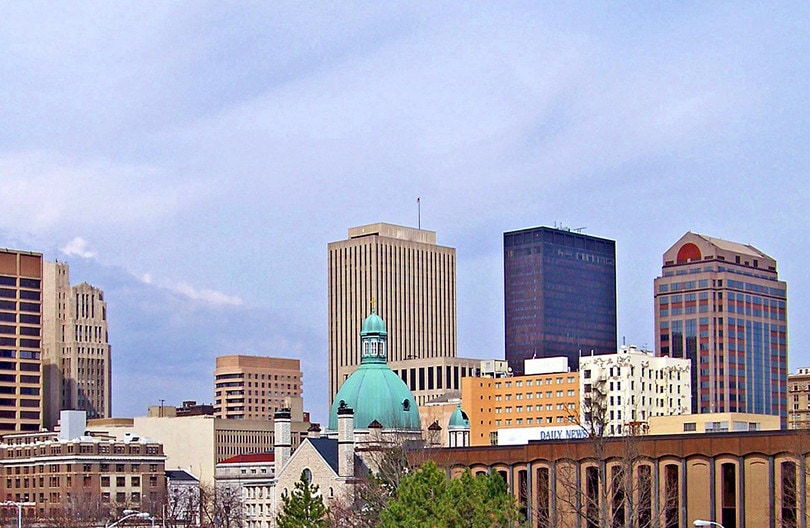
| Population: | 140,569 |
| FEMA Risk Index Score: | 17.93 |
| FEMA Annual ExpectedLoss Score: | 20.17 |
| Overall Score Rating: | Relatively low |
Dayton rounds out a slew of cities in the state of Ohio. Like its counterparts, Dayton has no serious natural disaster risk. Furthermore, Dayton is a hub city that is one day’s drive from the entire eastern half of the United States. Dayton’s highest-rated natural threats are hail and strong winds, which stem from the seasonal thunderstorms that occasionally rumble through. But, fortunately, hail won’t destroy your home or business. The high density of commercial buildings around Dayton inflates the score a bit, but the city is exceedingly safe.
8. Allentown, PA
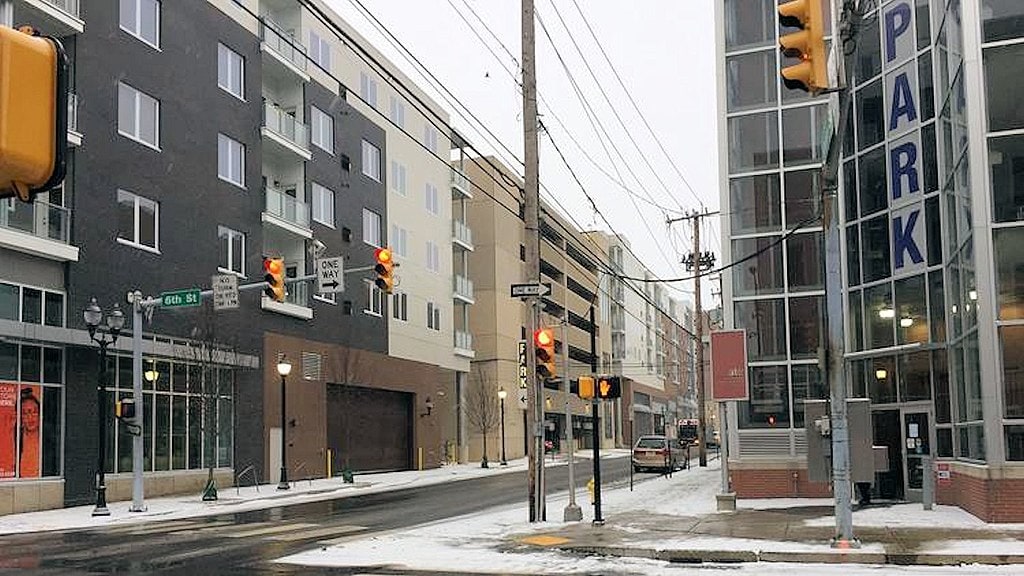
| Population: | 120,915 |
| FEMA Risk Index Score: | 13.16 |
| FEMA Annual ExpectedLoss Score: | 11.88 |
| Overall Score Rating: | Very low |
Allentown often makes the list of the safest cities in the United States because of its favorable location. Allentown does not suffer from severe weather, is not near any bodies of water that can cause flooding, and does not have an extreme climate. The mild nature of Allentown’s geography gives it excellent scores in terms of risk and expected property loss. Allentown’s largest risk is severe winter weather, but that applies to the whole state of Pennsylvania. The city is also close to both Philadelphia and New York City.
9. Spokane, WA

| Population: | 217,353 |
| FEMA Risk Index Score: | 17.26 |
| FEMA Annual ExpectedLoss Score: | 16.28 |
| Overall Score Rating: | Relatively low |
Spokane is a city in eastern Washington on the border with Idaho. It is a large town, home to museums, restaurants, and universities. Spokane is the hub for eastern Washington and western Idaho and features very few natural threats. The highest risk disaster for Spokane is from a cold wave. The winters can feature brutal cold spells from migrating Arctic air. The risk score for a cold wave is 55, which is extremely high, but the rest of the disaster scores are very low. If you can tolerate some occasional crippling cold, Spokane is exceedingly safe from everything else.
10. Bozeman, MT
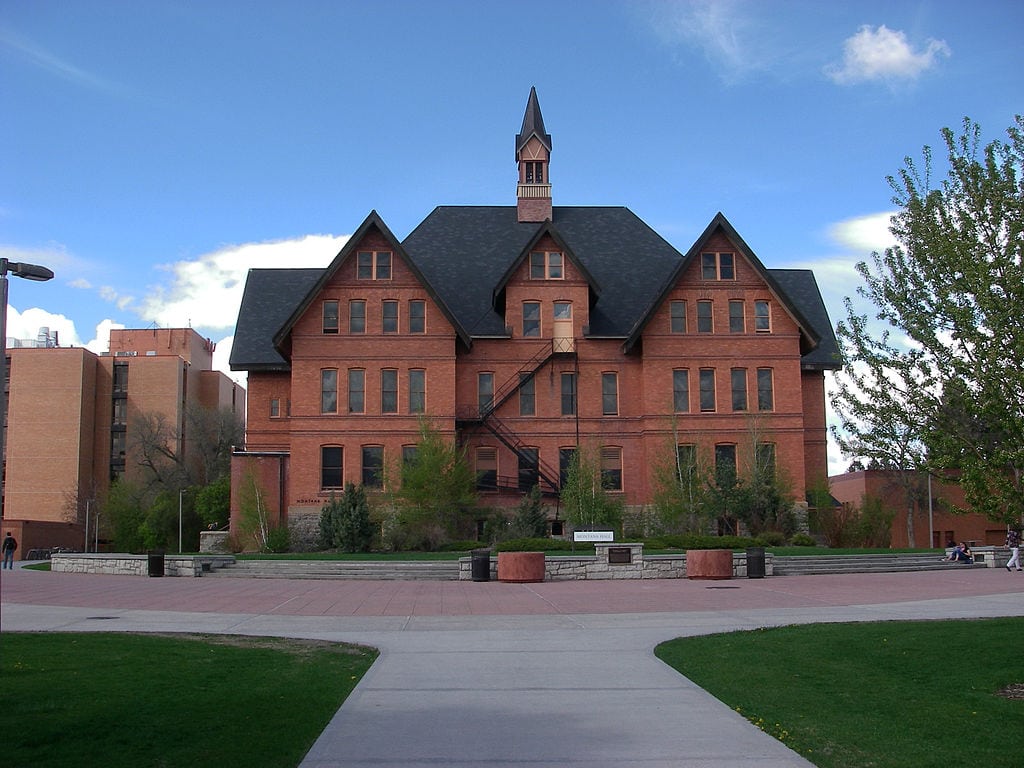
| Population: | 46,746 |
| FEMA Risk Index Score: | 5.91 |
| FEMA Annual ExpectedLoss Score: | 14.88 |
| Overall Score Rating: | Relatively low |
Bozeman is a popular area in Montana that has recently seen an explosion in growth. People are being drawn by the stunning views and new development, but Bozeman is also very safe from natural disasters. It rates as one of the safest growing cities with a Risk Index Score of 5.91. Montana is already one of the safest states in America from natural disasters. Bozeman is in Gallatin County, one of the safest counties in Montana for natural disasters, and only features a single disaster score over 10. The one score over 10 is for avalanches. If you can handle some cold, some wind, and some snow, Bozeman offers some stunning views and rugged living safe from the worst kinds of disasters.
11. Montpelier, VT
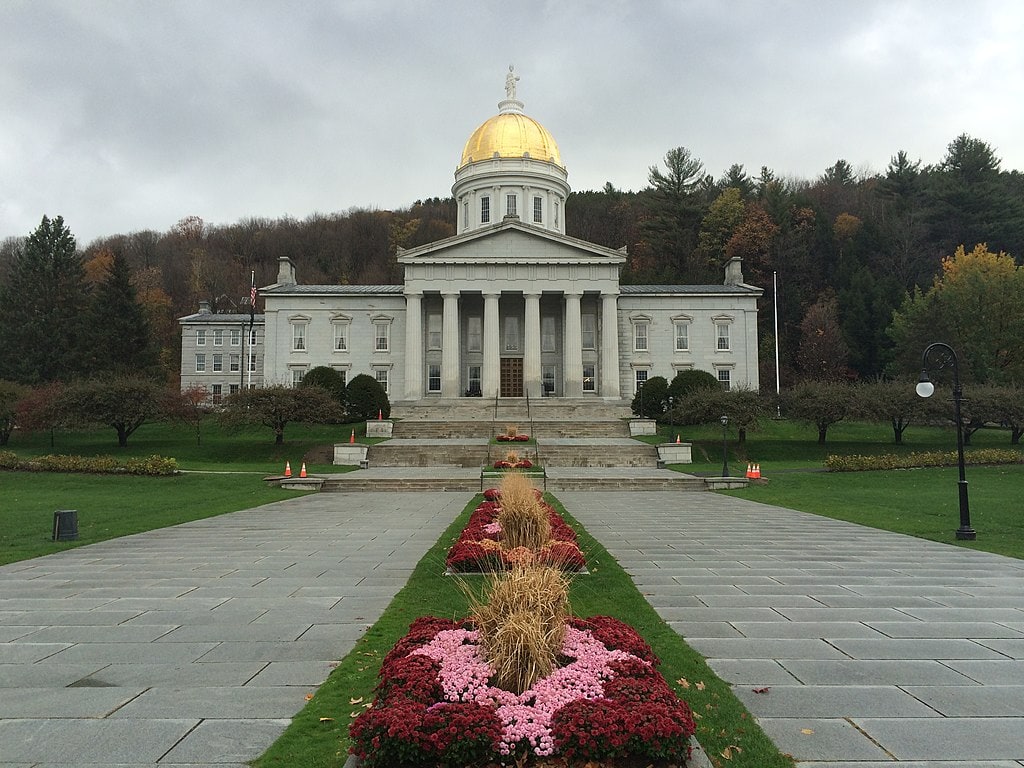
| Population: | 7,477 |
| FEMA Risk Index Score: | 9.31 |
| FEMA Annual ExpectedLoss Score: | 10.41 |
| Overall Score Rating: | Very low |
Montpelier is the smallest state capital in the United States. This small town is nestled in a quiet picturesque part of the US that is safe from nearly every type of severe weather. The winters are cold, and the worst threat is snow accumulation. But Montpelier does not suffer from earthquakes, hurricanes, heatwaves, droughts, or tornadoes. Vermont is one of the safest-rated states in the Union from all types of natural disasters, and Montpelier is one of the best places to live in Vermont.
12. Tooele, UT
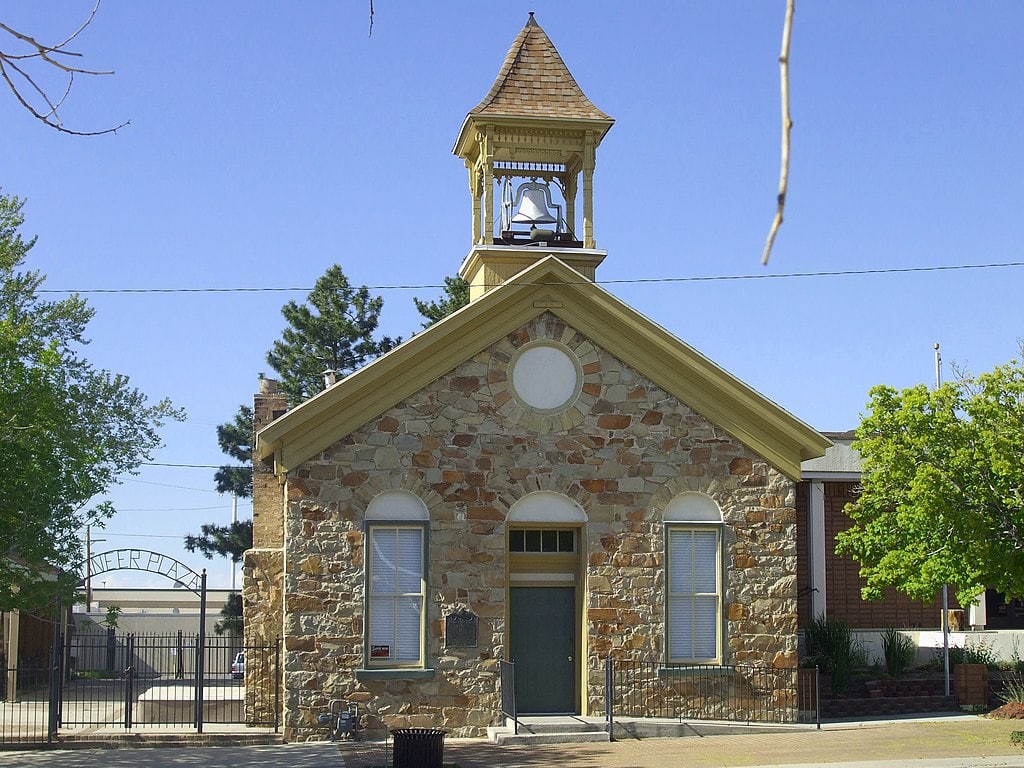
| Population: | 34,535 |
| FEMA Risk Index Score: | 5.65 |
| FEMA Annual ExpectedLoss Score: | 15.19 |
| Overall Score Rating: | Very low |
Tooele is a town south of the Great South Lake and outside Salt Lake City. It is just a brief 30-minute drive into Salt Lake City. Tooele and the surrounding county are some of the safest areas in the west in terms of natural disasters. Surprisingly, the highest risk factor in Tooele is lightning. Lightning is easily avoidable and is very predictable. Tooele County is the safest county for natural disasters in the Salt Lake City area. If you are looking for somewhere safe from disasters in Utah, Tooele is the place to be.
13. Wrangell, AK
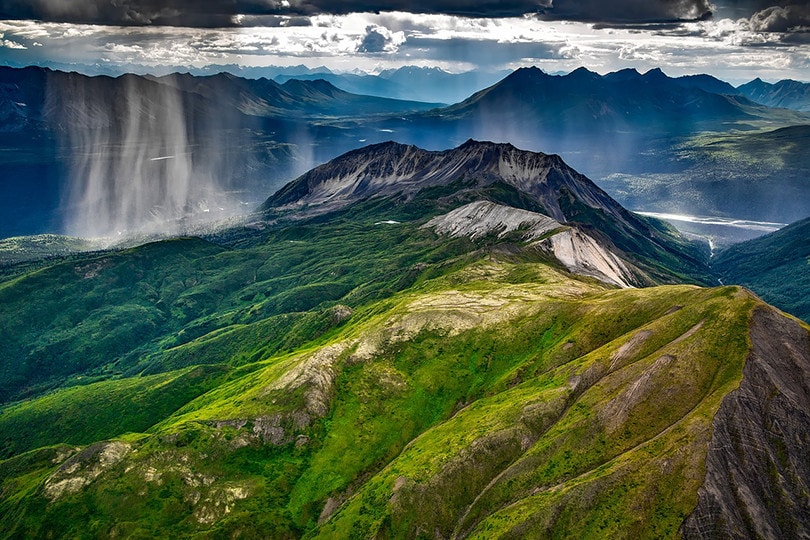
| Population: | 2,500 |
| FEMA Risk Index Score: | 2.23 |
| FEMA Annual ExpectedLoss Score: | 1.74 |
| Overall Score Rating: | Very low |
Hidden away on Alaska’s southern coast, Wrangell is a tiny town safe from nearly everything. Wrangell makes this list because of its unusually low Annual Expected Loss Score. The score of 1.74 makes it one of the lowest on this list. Wrangell has no major natural threats, and the biggest concern is severe winter weather. The second largest concern is from volcanic activity coming from the Pacific Island volcanoes, and that is exceedingly rare. Wrangell is located on a small island north of British Columbia and features a surprisingly mild climate for Alaska. If you want to move to the great north to get away from natural disasters, Wrangell is the best place.
14. Cusseta, GA
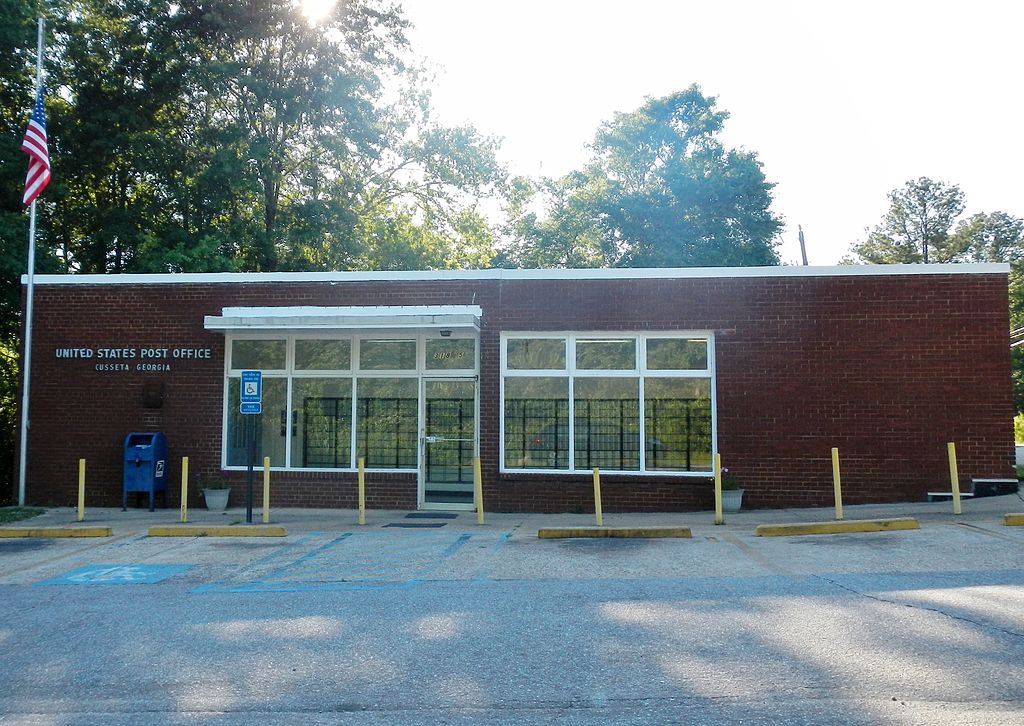
| Population: | 10,560 |
| FEMA Risk Index Score: | 12.63 |
| FEMA Annual ExpectedLoss Score: | 12.39 |
| Overall Score Rating: | Very low |
Cusseta is a small town perched on the banks of the Chattahoochee River. Cusseta straddles the border between Georgia and Alabama. Due to its extreme climate, the Deep South does not have many cities featured on safety lists, but Cusetta manages to slip through the cracks. The largest threats in Cusseta are heat waves and lightning, which come from the blistering summer heat. Other than that, Cusetta ranks extremely well in terms of safety from all kinds of natural threats. If you are looking for a safe city in the Deep South, Cusseta is probably your best option.
15. Marmarth, ND
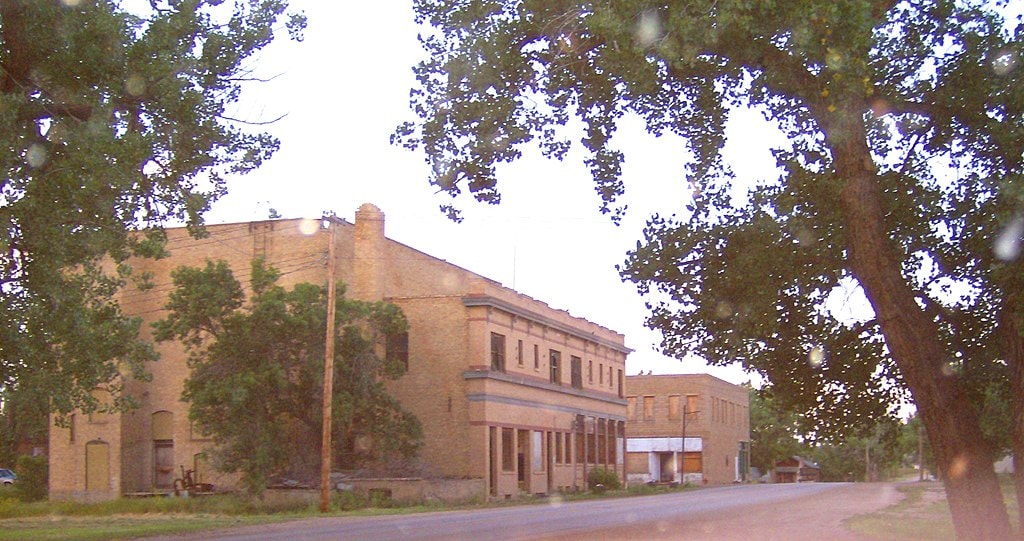
| Population: | 143 |
| FEMA Risk Index Score: | 0.68 |
| FEMA Annual ExpectedLoss Score: | 4.83 |
| Overall Score Rating: | Very low |
Since population factors into FEMA’s ratings, Marmarth, ND ranks extremely well in all categories. If you are looking for one of the safest cities in America, you must consider Marmarth. With a FEMA Risk Index Score of 0.68, it is one of the only towns in America to have a rating lower than 1.
The problem is this town only boasts a population of 143. It is the largest city in Slope County, North Dakota, which is one of the safest counties in the whole country in terms of FEMA ratings. Slope County only has a population of 700—total!
If you are looking for a safe place to hide from climate change and natural disasters, Marmarth could be on your list. Amenities and neighbors are not included.
What Are the Most Common Types of Natural Disasters in the United States?
The most common natural disaster in the US, according to FEMA, is flooding. Floods cause more loss of property than any other form of natural disaster. The second most common type of natural disaster is high winds. These can be spawned from severe storms of all kinds and can cause damage across the US. The most destructive natural disasters are hurricanes and earthquakes. These dangerous events can cause damage to entire regions that cost billions of dollars to repair.
How to Be Prepared in Case of Disaster
The best way to be prepared in case of a natural disaster is to know your area. Consult your local resources and do your research. If you live in Chicago, you won’t have to prepare for hurricanes, but you will have to prepare for blizzards. Similarly, people in Los Angeles don’t have to worry about ice, but they do need to know what to do in case of earthquakes.
Always have a plan. Always have an emergency kit. Always be vigilant. Knowledge is power.
What Are the Most Dangerous States for Natural Disasters?
California, Florida, and Texas are the worst states for natural disaster risk in the United States. California is at constant risk of earthquakes, drought, and wildfires. Florida has extremely high danger ratings from hurricanes, flooding, lightning, and tornadoes. Texas has extreme heat, extreme cold, hurricanes, and tornadoes.
All three of these states also have dense population centers in extremely dangerous areas. Houston is a major flood risk, Dallas gets severe storms, and Miami is always at risk of hurricanes and thunderstorms. Likewise, Los Angeles is located on a dangerous fault line. These dense urban centers ratchet up the risk scores and tip these states into the most dangerous categories, according to FEMA.
Conclusion
If the threat of natural disasters freak you out, you are not alone. Millions of people dread being caught up in weather calamities. The good news is there are plenty of places to move to that are safe from all kinds of natural disasters. You just have to pick one. These cities are supremely safe from all of Mother Nature’s worst effects and will keep your life and property safer than average.
Featured Image Credit: Walkerssk, Pixabay
Contents
 How to Read FEMA’s Index Scores
How to Read FEMA’s Index Scores
